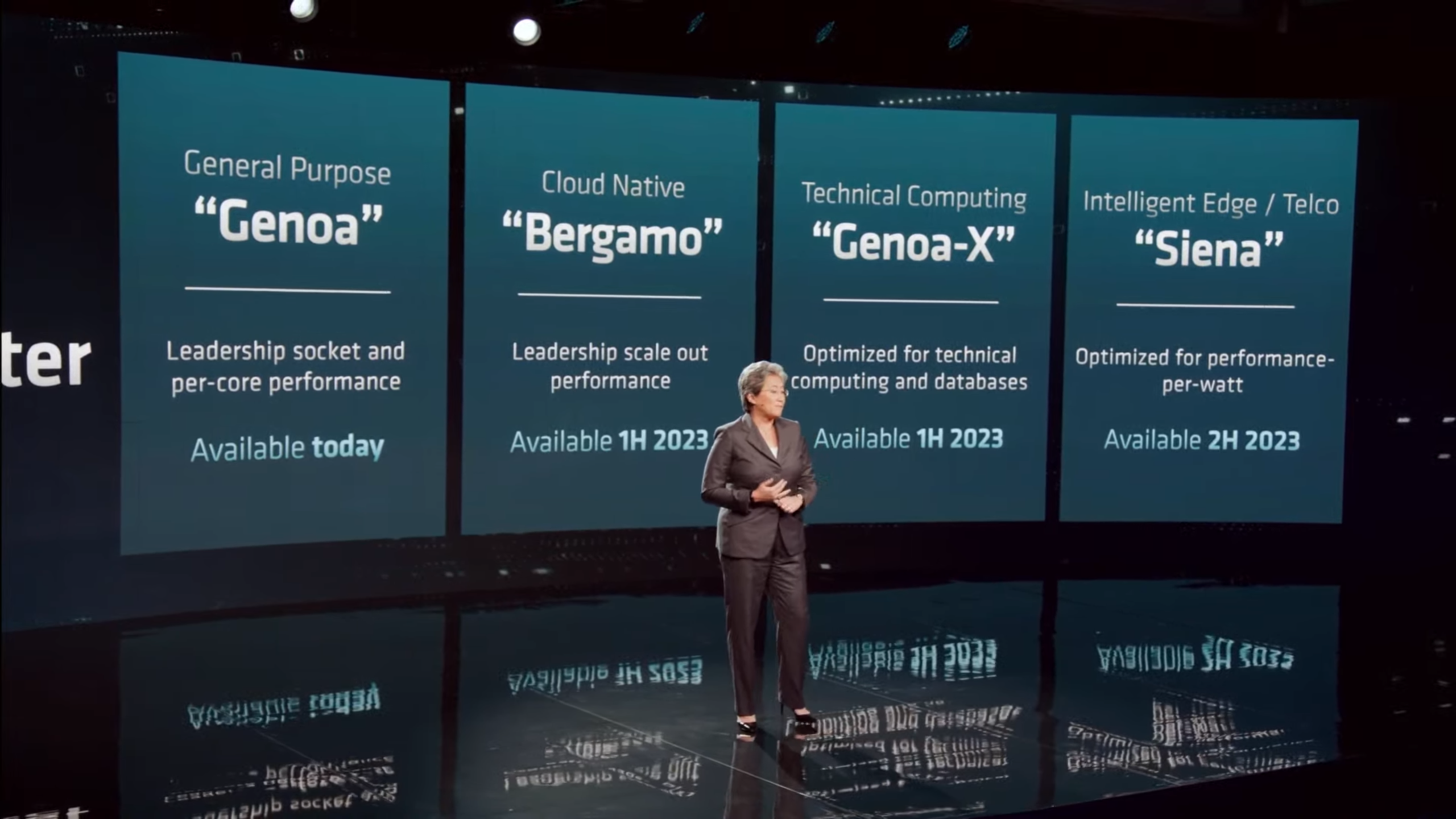Intel has successfully blocked AMD’s offensive in recent years in the consumer market by successively releasing Alder Lake and Raptor Lake, and even gained some advantages in the competition. However, in the server market, AMD has been firmly controlling it in recent years, and its market share has continued to grow. It has continuously eroded Intel’s original territory and has become a successful example of how to reverse the company’s situation through advanced technology and perfect execution.

In November last year, AMD released the Zen 4 architecture EPYC server processor code-named Genoa, and Intel also released the fourth-generation Xeon scalable processor code-named Sapphire Rapids this month, and the Xeon Max series code-named Sapphire Rapids HBM processor. However, in terms of overall performance, AMD’s new products are still leading server products.
According to
Wccftech, some analysts predict that AMD’s server market share will reach 22% in early 2023, and may exceed 30% by the end of 2023. In addition to Genoa,
Genoa-X with 3D V-Cache technology and Bergamo based on Zen 4c architecture will help AMD achieve its goals. In addition, AMD will also have Instinct MI300, which is the world’s first integrated CPU+GPU data center accelerator card, combining a 24-core Zen 4 architecture CPU with an upgraded CDNA3 architecture GPU, and equipped with 128GB of HBM3 video memory.






